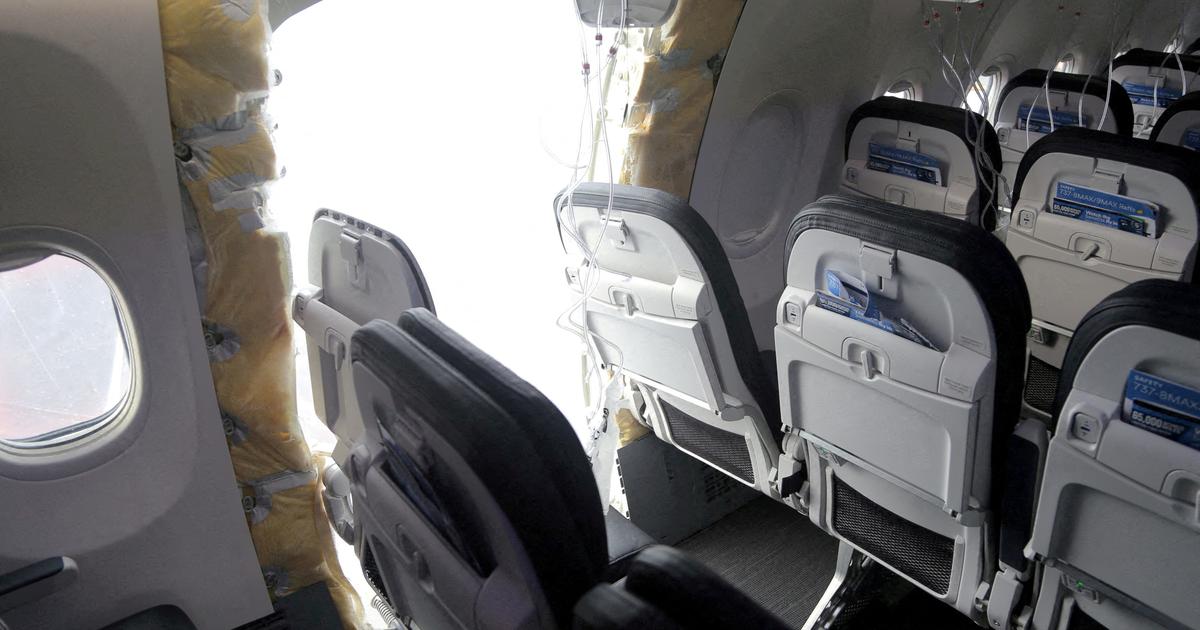Exactly 60 years ago, on June 19, 1962, a German Air Force plane crashed in the Freising settlement.
Witnesses remember this accident, in which the two pilots died.
Erding
– It is 60 years ago that on the evening of Sunday, June 19, 1962, a German Air Force aircraft crashed in the Freising settlement.
The two pilots burned to death at the scene of the accident, but miraculously none of the residents were injured.
Together with two people from Erding, who witnessed the night of the accident, we remember the terrible events.
At that time, the stonemason Heinrich Bauernfeind, who lived at Michael-Ferstl-Strasse 12, told the reporter of the local newspaper how he heard a crash after 9:30 p.m., followed by a glow of fire from outside.
Bauernfeind and his wife had already gone to bed, the master of the house dressed in a flash and hurried outside.
"I saw jets of flame, higher than the trees," he told the local newspaper.
It was only when he saw the tail unit of the machine, which lay in a sea of flames in his garden, that he realized that the accident was a plane crash.
His son Karl-Heinz Bauernfeind, master stonemason and former mayor of the city of Erding, was still living in his parents' house at the time, but that evening he was out with his girlfriend (and later wife) Trixi in Moosinning.
"First I took Trixi home and continued in the direction of Schrannenplatz, where there was a large crowd," reports Karl-Heinz Bauernfeind, who still remembers the evening in detail.
When the then 19-year-old asked on site what had happened, he found out: "A plane crashed at the stonemason's in the Freisinger settlement!"
+
Still remembers in detail the evening the plane crashed: Karl-Heinz Bauernfeind, here in front of his parents' house, which was a bit narrower at the time.
Behind him the newly planted linden tree.
© Peter Gebel
“I was totally shocked and drove towards my parents' house as quickly as possible, but I couldn't get through on Johann-Sebastian-Bach-Strasse.
I had to leave the car there and continued on foot,” he says.
What a relief to find his parents unharmed.
According to the newspaper report - "Night of terror for Freising settlement", headlined the local newspaper - his father was very angry about the rush of onlookers, so his son Karl-Heinz is still angry today when he thinks of the crowds of people who gather at the crowded the scene of the accident.
"The access roads were completely blocked by cars, so the rescue workers could hardly get through," reports the 79-year-old former mayor, who still lives with his family in his parents' house.
The two-seater Fouga-Magister aircraft of the German Air Force had been approaching the Erding air base, the approach path led directly over the Freising settlement.
The pilots had reported the failure of an engine over the radio, allegedly the fuel had become scarce, which is why the machine flew very low.
At the Erding Air Base, preparations had been made for an emergency landing.
One of three construction cranes on Freisinger Straße, which was not illuminated, was fatal to the plane.
The aircraft touched this with the right wing, hit about ten meters from the garden gate of the Bauernfeind family and exploded, throwing the rear part of the fuselage with the tail unit over the garden fence.
The two pilots, two lieutenants from Waffenschule 50 Erding, could no longer be saved.
+
Still remembers it well: Isabella Gräwert, then nine years old.
© Gerda Gebel
The remaining aviation fuel caught fire immediately, and the meter-high jets of flame were extinguished by several volunteer fire brigades and the air base fire brigade.
Two priests were present when the two young pilots were being rescued from the cockpit, but here, too, the fire brigade and the Red Cross had to fend off the onlookers, who relentlessly pushed forward to get a look at the corpses.
At that time, the Hilse family with their daughters Ingrid and Isabella lived diagonally across from the Steinmetz Bauernfeind.
Isabella Gräwert, née Hilse, who was only nine at the time, also remembers the evening clearly.
"We had just gotten ready for bed and lay down when we heard a strange flying noise, followed by flashes of light and a terrible noise," says the 69-year-old from Erding, describing what happened.
The family jumped out of bed and ran into the kitchen, where the window was broken and smoke and dust were already everywhere.
"Our father yelled, 'Everyone out!'
and drove us outside, you didn't even know what had happened," she says.
She herself was less shocked than her sister Ingrid, who was six years older than her and could hardly be calmed down.
Only outside did the family realize that a plane crash had happened on their street.
It was later reconstructed that the collision with the aircraft caused the heavy crane hook of the construction crane to fly more than 80 meters like a catapult and be thrown through the Hilse family's kitchen window.
"Where the crane hook had landed, we had been standing at the sink minutes before," Isabella Graewert remembers with a shudder.
+
The crane hook with attached steel cable, which the Hilses kept in their basement for 50 years, was 50 centimeters long and weighed 50 kilos.
© private/Peter Gebel
She, too, still has the images of the intrusive onlookers in her head.
"One woman even pulled up in a taxi in a baby doll to be as close to the tragedy as possible," she recalls indignantly.
Luckily, the military police had moved in from the air base and chased away the onlookers.
While the damage in the apartment was being examined, the Hilse family spent a few days with neighbors, and then repair work was quickly carried out.
But the terrible event stayed in people's minds for a long time, as the road was on the approach path with a lot of air traffic.
"We were familiar with the normal flight noises of planes, but if something sounded unusual, we were alarmed long afterwards." The family had the extremely heavy crane hook with the attached steel cable in the basement for the next 50 years, only when the apartment was liquidated ten years ago years ago it was disposed of.
"Ultimately, we residents were very lucky that the plane crashed on the street and not on a house or a block of flats," says Isabella Gräwert today.
+
The kitchen of the Hilse family offered a picture of devastation after the impact of the heavy crane hook, which had flown through the window.
© private/Repro: Peter Gebel
Karl-Heinz Bauernfeind remembers the Bundeswehr's extremely fast clean-up work the following day, when hardly any traces of the accident were seen.
"The civilian population heard very little about the investigations, and that was fairly capped," he says.
The badly damaged linden tree in front of the property had to be felled, and he had it replanted during his time as mayor.
It is of course a good deal smaller than its older neighboring trees and would have been well suited for a commemorative plaque in Bauernfeind's opinion: "I always thought it was a shame that the Bundeswehr didn't put any reference or a reminder of the terrible accident there at all two of their comrades died on the spot.”
Erding newsletter: Everything from your region!
Our Erding newsletter informs you regularly about all the important stories from the Erding region - including all the news about the Corona crisis in your community.
Sign up here.
Gerda & Peter Gebel






